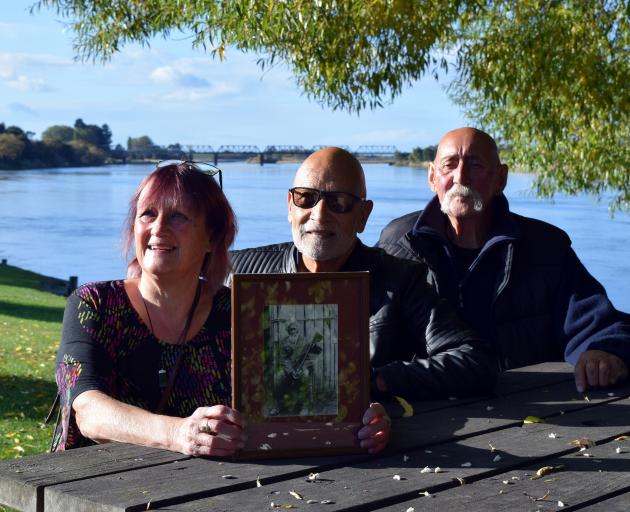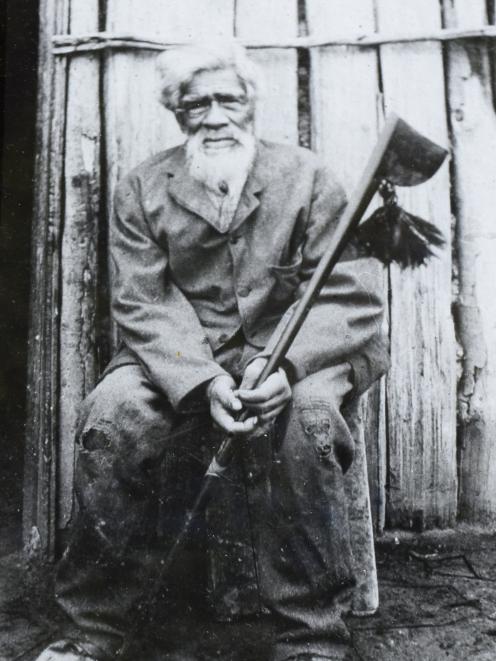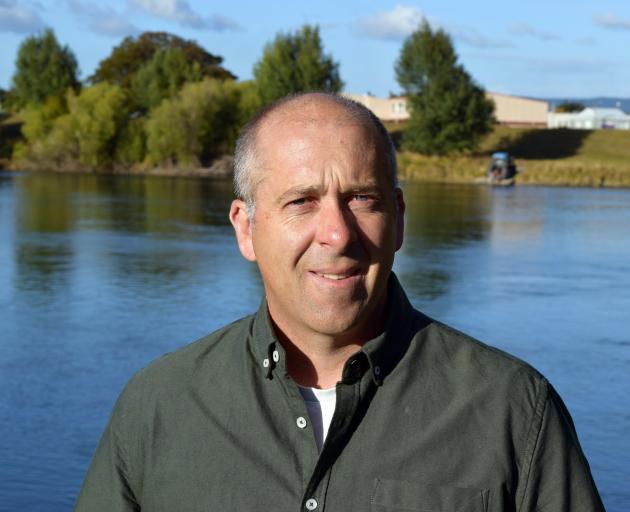Videos telling stories of the area were launched at the Te Pou ō Mata-Au Clutha District War Memorial & Community Centre in Balclutha last week.

"It was a brilliant, heartwarming experience."
The "revival" of the stories was important as it helped people understand about the past kaitiaki (guardians) of the river."It was our highway, it was our food source, so anything to do water health and water care is very important to us — we still get our kahawai at the mouth of the river."
The idea for the videos was born from her involvement with Otago South River Care, a collective of farmer-led catchment groups in Clutha, Mrs Baldwin said.

"Our awa is very significant to us."
Other tour stops included Lake Tuakitoto, Measley Beach, Molyneux Bay and an urupa, a Maori cemetery at Kaka Point.
Otago South River Care wanted to document the culutural stories in three videos.
The first video focuses on the tragedy at Measley Beach, when the men in a flotilla of nine waka, died after contracting measles.
Her great great great grandfather, chief Haimona Rakiraki, of Molyneux Bay, features in the second video.
Rakiraki was a nomadic hunter-gatherer in the area up to the mid 1870s.
The chief’s family activities on and around the river included catching eels and fish and growing potatoes on Inch Clutha.
"His whānau were a common sight on the Clutha River."
The story of ancient village Murikauhaka in Port Molyneux is told in the third video.
"We are telling our story and bringing our whānau together."
The stories highlighted the respectful trade relationships in the area."The European settlers and my people worked together well."
Otago South River Care co-ordinator Craig Simpson, of Mosgiel, said the videos were made from the Ministry for Primary Industries’ Sustainable Food and Fibre Futures fund.

Otago South River Care’s aim is to engage communities to protect and enhance water quality through seven catchment groups: Wawera-Kaihiku, Owaka-Tahakopa, Tuapeka-Waitahuna, Puerua-Waitapeka, Lake-Tuakitoto, Clutha Lowlands and Tokomariro.













